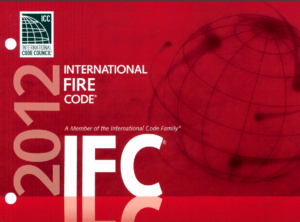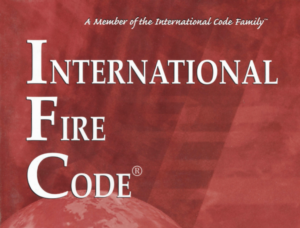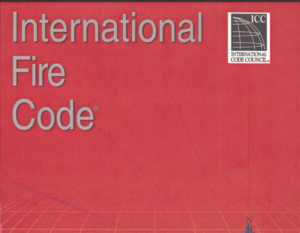The 2006 International Fire Code (IFC) provides guidelines designed to minimize fire risks in both new and existing buildings. It focuses on the safe handling of materials, structural design, and operational procedures that could potentially lead to fires or explosions. The goal is to ensure life safety and property protection, while also facilitating safe conditions for firefighters and emergency responders during emergencies.
The IFC is administered by the Department of Fire Prevention, which oversees the implementation, enforcement, and ongoing management of the code. Key responsibilities of the fire code official include issuing permits, conducting inspections, and maintaining safety records. This official also has the authority to interpret the code and adapt its provisions to specific circumstances without compromising safety standards.
Permitting is a critical component of the IFC, requiring compliance for various activities that pose potential fire hazards. The code outlines detailed processes for obtaining permits, which are necessary for both construction-related and operational activities. Ensuring these permits are visible on-site and available for inspections is mandatory for adherence to the code.
In essence, the 2006 IFC integrates with other regulatory standards, such as the International Building Code, to provide comprehensive safety guidelines. Special considerations are given to historic buildings, allowing for modified compliance to preserve heritage while maintaining safety. The code’s flexibility in modification and enforcement is designed to address a wide range of fire safety scenarios, ensuring both preventive and responsive measures are in place to protect public safety.






